Dashcam Detective Work Leads to Recovery of Space Rocks from Fireball over Slovenia
On 28 February 2020, at 10:30 CET, hundreds of people across Slovenia, Croatia, Italy, Austria and Hungary observed a bright ball of light hurtling across the morning sky. This delivery of rocks from a distant asteroid to the fields and villages of southern Slovenia was captured by cars’ dashcams, security cameras, and even a cyclist’s helmet. It is one of only around 40 fallen space rocks that has been recovered within weeks and for which the origins in the Solar System have been tracked. Initial results are being presented by Dr Denis Vida, of the University of Western Ontario, at the Europlanet Science Congress (EPSC) 2021 virtual meeting.
Observers in southern Slovenia, who were directly under the path, reported loud explosions and a three and half second flash that left a trail of dust visible for several minutes. Analysis shows that some fragments survived aerodynamic pressures above ten million pascals, equivalent to 50 times the pressure of a car tyre, one of the highest measurements recorded for a space rock-dropping fireball.
Before entering the Earth’s atmosphere, the initial stony mass is thought to have been four metric tons and roughly one metre across. Video footage shows the fireball breaking up into 17 smaller pieces. Three fragments amounting to 720 grams have been recovered and taken to laboratories for analysis. The largest fragment seen to fall, with an estimated mass of about ten kilograms, is yet to be found. It likely dropped into a muddy field and may have accidentally been ploughed in before its fall area was known.
Rocks from space provide opportunities to understand the history of our Solar System and are important in studies of how life arose on Earth. However, fall locations often remain unknown or hidden and the space rocks’ scientific messages are then lost. To address this, astronomers deploy networks of fireball cameras to measure the precise paths of fireballs by comparing their positions to stars in the background. This means they can ascertain both the locations where space rocks can be collected, and can trace backward to where in the Solar System they came from. However, these networks are designed to work at night.
“By combining observations from several cameras around 100 kilometres apart, a fireball’s position can be pinpointed to within 50 metres, and it’s usually fairly easy to compute its atmospheric trajectory and pre-atmospheric orbit this way,” said Vida. “The fireball’s path is in a volume of the world’s sky among the most densely observed by specialist night-operating cameras. Its path would have been caught by at least 20 if it happened just a few hours earlier. But because this fireball occurred during the day and was recorded by dash cameras moving up to 70 kilometres per hour, we required a different approach.”
To help create 3D models, local people were asked to take several photographs from known locations of buildings, telephone posts, distant mountains, and other landmarks visible in the dashcam videos. The images enabled triangulation of exact locations accurate to within a few centimetres, akin to surveyors with a theodolite. Photographs were taken on starry nights, so after calibrating against window frames and the other known points, every pixel on the original images could be mapped to a precise direction. Hardest was determining the exact coordinates from the dashcam footage of moving vehicles – for every video frame and to a precision of about one centimetre, which was long tedious work.
Studying the brightness of the fireball across the sky can show how it fragmented. However, stars in the night sky are again used for reference. The daytime observations meant the team once more had to innovate, buying an identical dashcam to one that recorded the fireball and comparing the brightness of the fireball in the video to that known of an artificial analogue.
Analysis of the Novo Mesto space rock, named after the Slovenian city near where the fragments were found, is ongoing. Although of an ‘ordinary chondrite’ type meteorite, it is interesting in being linked to the Solar System region where Near Earth Objects exist, possibly telling us something of larger former neighbours, a small number of which are potentially hazardous to Earth.
EPSC2021-139: Novo Mesto meteorite fall – trajectory, orbit, and fragmentation analysis from optical observations
Denis Vida, Damir Šegon, Marko Šegon, Jure Atanackov, Bojan Ambrožič, Luke McFadden, Ludovic Ferrière, Javor Kac, Gregor Kladnik, Mladen Živčić, Aleksandar Merlak, Ivica Skokić, Lovro Pavletić, Gojko Vinčić, Ivica Ćiković, Zsolt Perkó, Martino Ilari, Mirjana Malarić, and Igor Macuka
https://doi.org/10.5194/epsc2021-139
Video
Composite of video observations of the Slovenia fireball from Croatia, Hungary, Italy and Slovenia.
Credit: Denis Vida and colleagues.
Download
Dashcam image of the fireball observed from Sesvete in Croatia, calibrated using the height of lampposts.
Credit: Denis Vida et al.
Download
Images
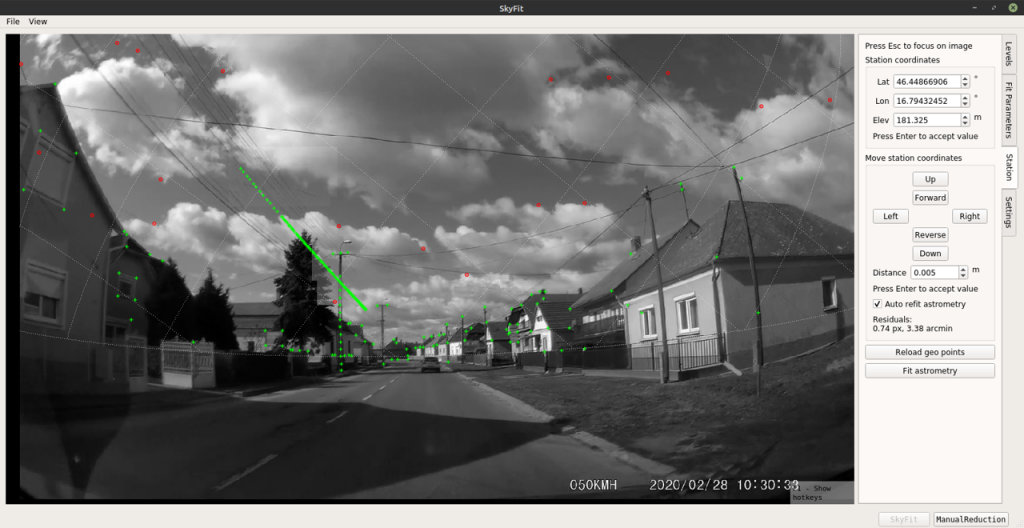
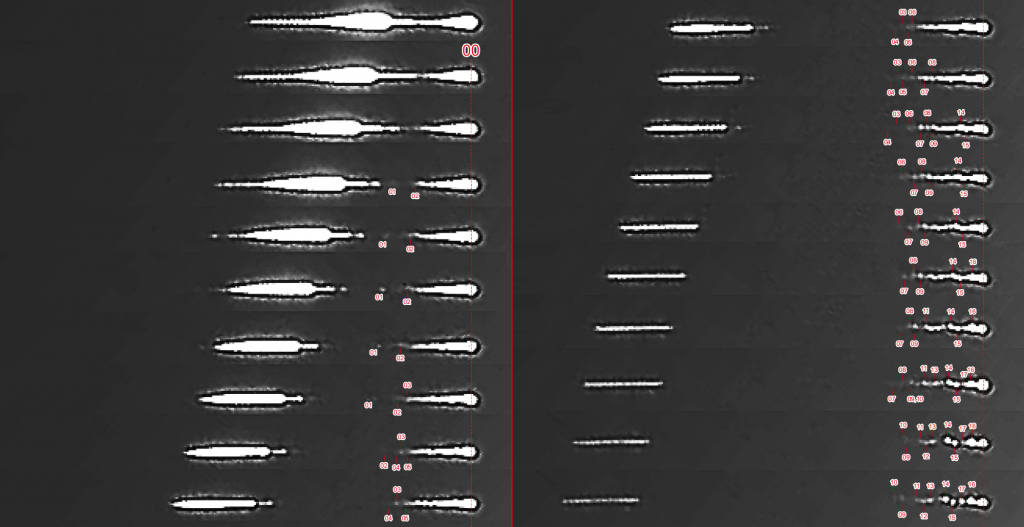
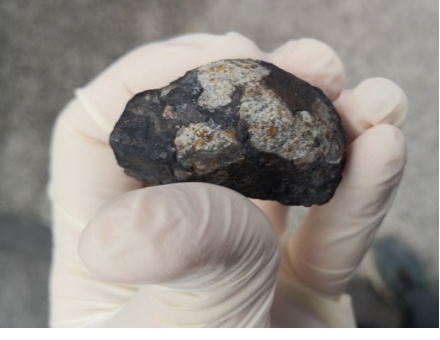
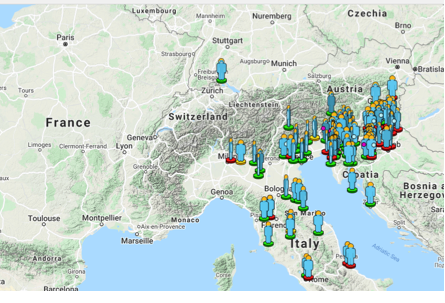
https://fireballs.imo.net/members/imo_view/event/2020/1027
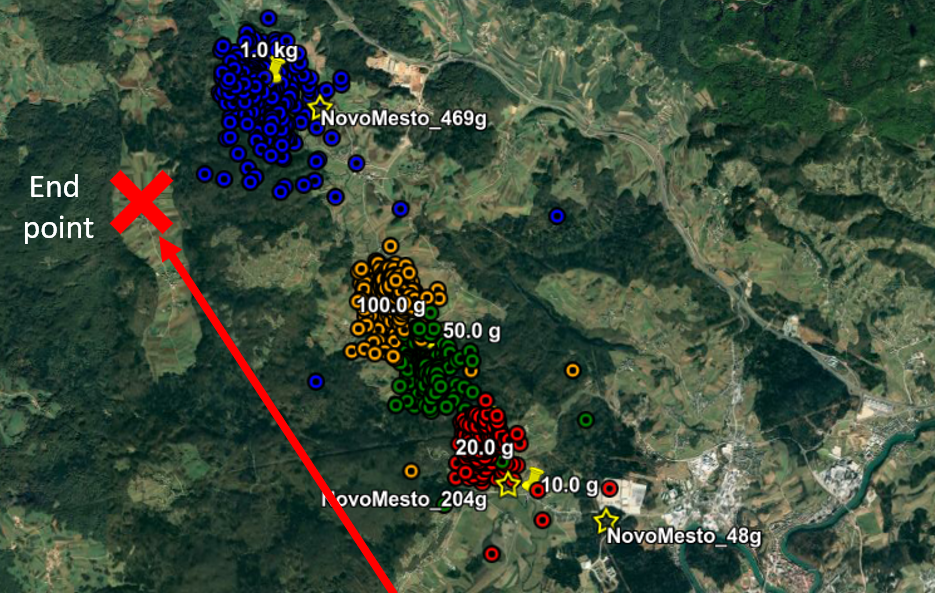
Further information
International Meteor Organisation’s information on the event: https://fireballs.imo.net/members/imo_view/event/2020/1027
Space rocks recovered from fireballs observed across the globe: www.meteoriteorbits.info
Official recognition, initial description, and classification of the Novo Mesto space rock: https://www.lpi.usra.edu/meteor/metbull.php?code=72430
Publicly available information by strewnify concerning this space rock fall: https://www.strewnify.com/novomesto/
Science contact
Denis Vida
Postdoctoral Research Associate
University of Western Ontario
Canada
+1 226 239 5764
dvida@uwo.ca
@meteordoc
Media contacts
Anita Heward
EPSC Press Officer
+44 7756034243
epsc-press@europlanet-society.org
Livia Giacomini
EPSC Press Officer
epsc-press@europlanet-society.org
Adriana Postiglione
EPSC Press Officer
epsc-press@europlanet-society.org
Luca Nardi
EPSC2021 Press Officer
epsc-press@europlanet-society.org
Amy Riches
EPSC2021 Press Officer
epsc-press@europlanet-society.org
Thibaut Roger
EPSC2021 Press Officer
epsc-press@europlanet-society.org
Notes for Editors
About the Europlanet Science Congress (EPSC)
The Europlanet Science Congress (https://www.epsc2021.eu/) formerly the European Planetary Science Congress, is the annual meeting place of the Europlanet Society. With a track record of 15 years, and regularly attracting around 1000 participants, EPSC is the largest planetary science meeting in Europe. It covers the entire range of planetary sciences with an extensive mix of talks, workshops and poster sessions, as well as providing a unique space for networking and exchanges of experiences.
Follow on Twitter via @europlanetmedia and using the hashtag #EPSC2021.
EPSC2021 is sponsored by Space: Science & Technology, a Science Partner Journal.
About Europlanet
Since 2005, Europlanet (www.europlanet-society.org) has provided Europe’s planetary science community with a platform to exchange ideas and personnel, share research tools, data and facilities, define key science goals for the future, and engage stakeholders, policy makers and European citizens with planetary science.
The Europlanet 2024 Research Infrastructure (RI) has received funding from the European Union’s Horizon 2020 research and innovation programme under grant agreement No 871149 to provide access to state-of-the-art research facilities and a mechanism to coordinate Europe’s planetary science community.
The Europlanet Society promotes the advancement of European planetary science and related fields for the benefit of the community and is open to individual and organisational members. The Europlanet Society is the parent organisation of the European Planetary Science Congress (EPSC).

